June has been recognized as Pride Month for nearly 40 years , for LGBTQA+ people to celebrate their sexual orientation and gender identities as well as their straight allies to come out and support them. But for all others who aren't aware of Pride Month, and don't know too much of what it is and what it celebrates, don't fret, you'll know soon enough:)
1. June is the National Month of Pride.
President Bill Clinton first made it offical, but it was celebrated by the gay and lesbian community and movement for over 40 years in remembrance of the Stonewall riots, that inspired the further protests for gay civil rights.
2. Stonewall Riots
This was regarded as one of the first major protests of the gay community. This took place on June 28, 1969, in which the police were raiding an gay club, the Stonewall Inn in New York City. The Bar was selling liquor without a license, but the police had been targeting other gay clubs in the area as well and they have closed as well. However, the crowd that was watching Stonewall's employees get arrested they became violent as three of the club's drag queens and a lesbian were arrested and escorted into an "paddy wagon", the crowd began to riot by throwing beer bottles at the police. The police ran for cover, and the protesting crowd spilled out into the neighboring streets. The Stonewall riot was followed by several demonstrations from the Gay Liberation Front, as well as other LGBT organizations. This major event was a huge precursor for the Pride Marches today that happen all over the country. http://www.history.com/this-day-in-history/the-stonewall-riot
3. The True Meaning of Pride.
This month is celebrated with the use of Pride Parades, concerts, workshops, and parties that happen across the United States, in commemoration of LGBTQA+ individuals who have made an impact on history, and recognize them. Memorials are also held during this month too, for friends, family members, and others of the LGBTQA+ community from hate crimes as HIV/AIDS. Pride is meant to be a celebration of identity, those who have been not validated whether through their sexaul orientation, gender identity, romantic orientation, etc. It is a way to embrace themselves, and their identities. If you may have seen pride parades online or on TV, its very extravagant and flamboyant but its not just for entertainment. It's about people being able to express who they are.
4. Transgender women were at the front of the conflict of Stonewall.
Slyvia Rivera, Marsha P Johnson, were among of the few of transgender women of color, whom mde huge strides in the gay movement. Slyvia Rivera was very outspoken for the rights of transgender people, sex workers and queer people who were incarcerated. She fought against the Sexual Orientation Non-Discrimination Act in New York, that excluded transgender people. The Slyvia Rivera Project continues on her work by focusing on issues of poverty and racism, and prioritizes the struggles of queer and trans people who face discrimination. You can find more about this project that continues her work by following this website, if you're interested. https://srlp.org/about/who-was-sylvia-rivera/
5. The First Pride Parade in 1970.
This was an commeration of the Stonewall Riots a year earlier, and it was called Christopher Street Liberation Day, because the Stonewall Inn was on Christopher Street, and it was held on June 28, 1970.
6. Transgender Pride Parades
There are Transgender Pride that occurs in places such as Los Angeles, Portland and Seattle in order to increase visibility among the transgender identity, and other gender nonconforming people, such as the nonbinary identities, that may not always be visible throughout LGBT mainstream events.
7. The Mother of Pride was Bisexual.
The first pride parade, the Liberation Day March was organized by an bisexal woman, named Brenda Howard, and she also planned and coordinated the Christopher Street Liberation March, for the one year anniversary. She was an activist and involved in antiwar, and feminist movements, before getting involved in the Gay Liberation Movement. Her advocacy lasted 30 years, and was an outspoken voice for minorities. https://www.advocate.com/bisexuality/2014/06/17/remembering-brenda-ode-%E2%80%98mother-pride%E2%80%99
8. Early Gay Rights Activism
Before Stonewall, there were organizations and movements that supported LGBT rights. each July 4, starting in 1965, used to protest in front of Independence Hall in Philadelphia, in order to remind Americans that LGBT people did not have the same civil rights. However, this was too peaceful of an approach, and these groups decided to protest differently, by helping plan the first few Gay Liberation parades.
9. The Gay Liberation Front, was the first LGBT organization to use Gay in the name.
Othr LGBT groups at the time, had use obscure names to stay under the radar, but the Gay Liberation Front, thought it would be better to be more straightforward and direct. Their slogan made it pretty clear: "Do You Think Homosexuals Are Revolting? You Bet Your Sweet Ass We Are!"
10. The Pride Flag and its meaning.
Maybe you have seen an Pride Flag before, with its usual rainbow colors. However, The original flag was comprised of 8 colors, but they had to narrow it down to 6, because it was cheaper to produce.
Each of the colors had its own significance and meaning. Pink symbolizes sexuality, red means life orange is healing yellow is for sun, green is for nature turquoise is for arts indigo for harmony and violet for spirit.
Even though Pride Month is coming to an end, its important to understand the importance of Pride, especially the history behind it, how it came to be and the strong, brave individuals that kept fighting for LGBT civil rights, so they would be able to free to be who they are. Although some places in America are more liberal or conservative than others, LGBT rights are getting better than they first were 40 years ago. It has been a lofty fight, and there is still a fight to be fought. Thankfully, Pride Month and going to Pride parades and events helps us celebrate how face how far we have come and what has been accomplished, and also what we have to look forward in the future.

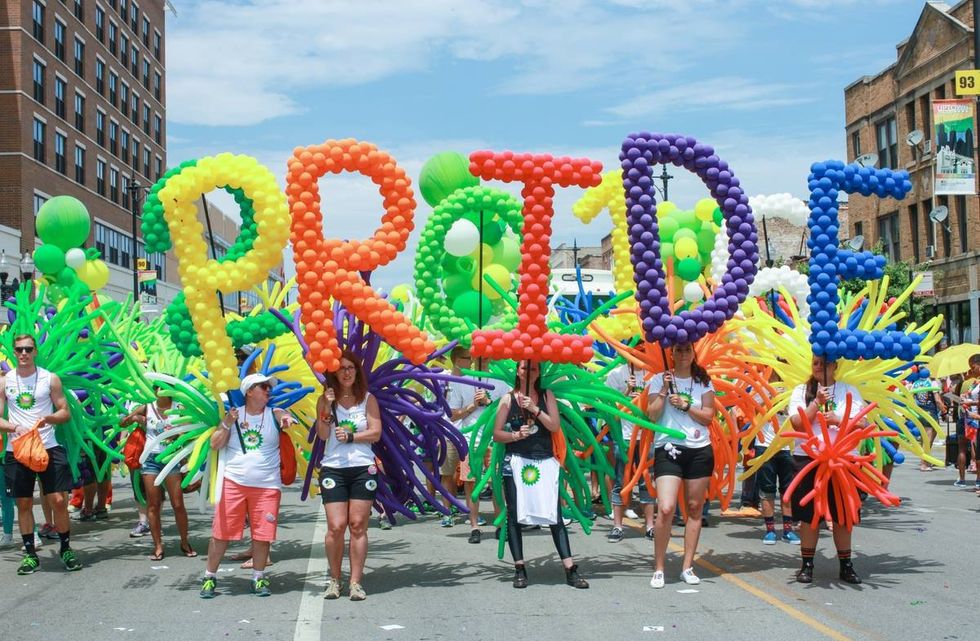
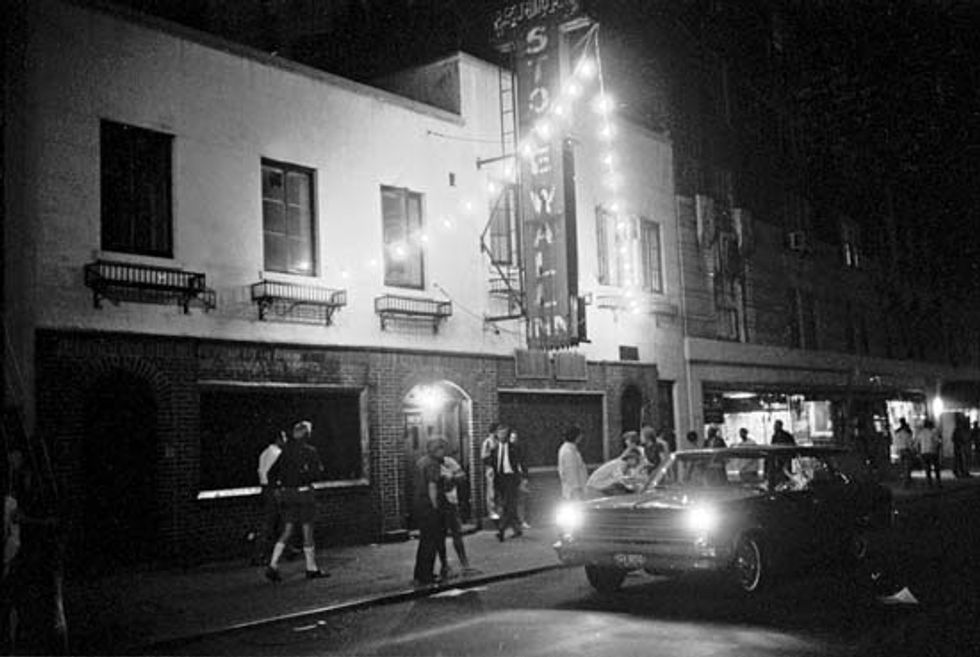
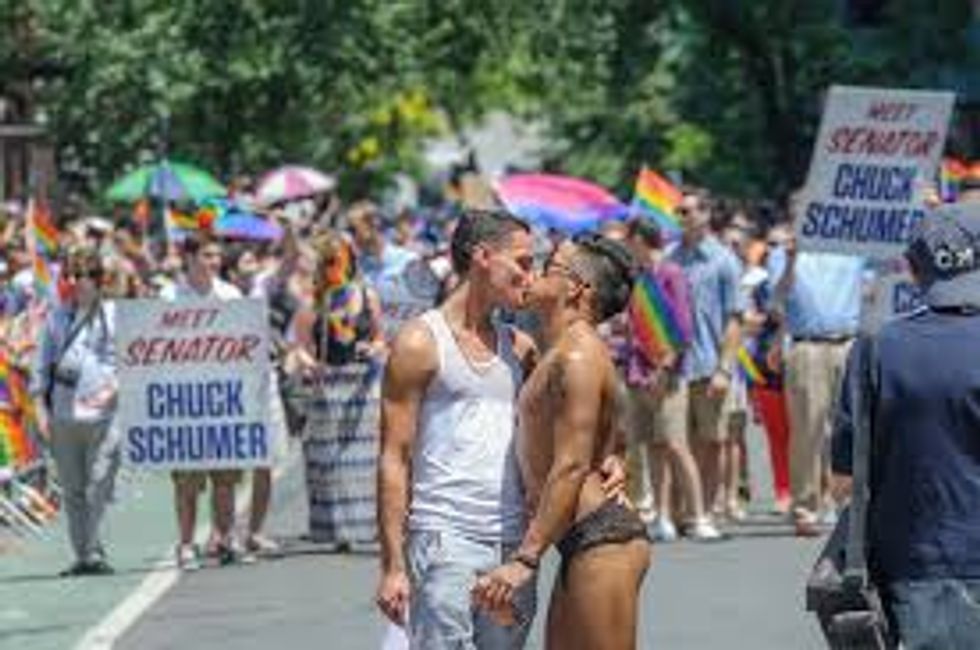
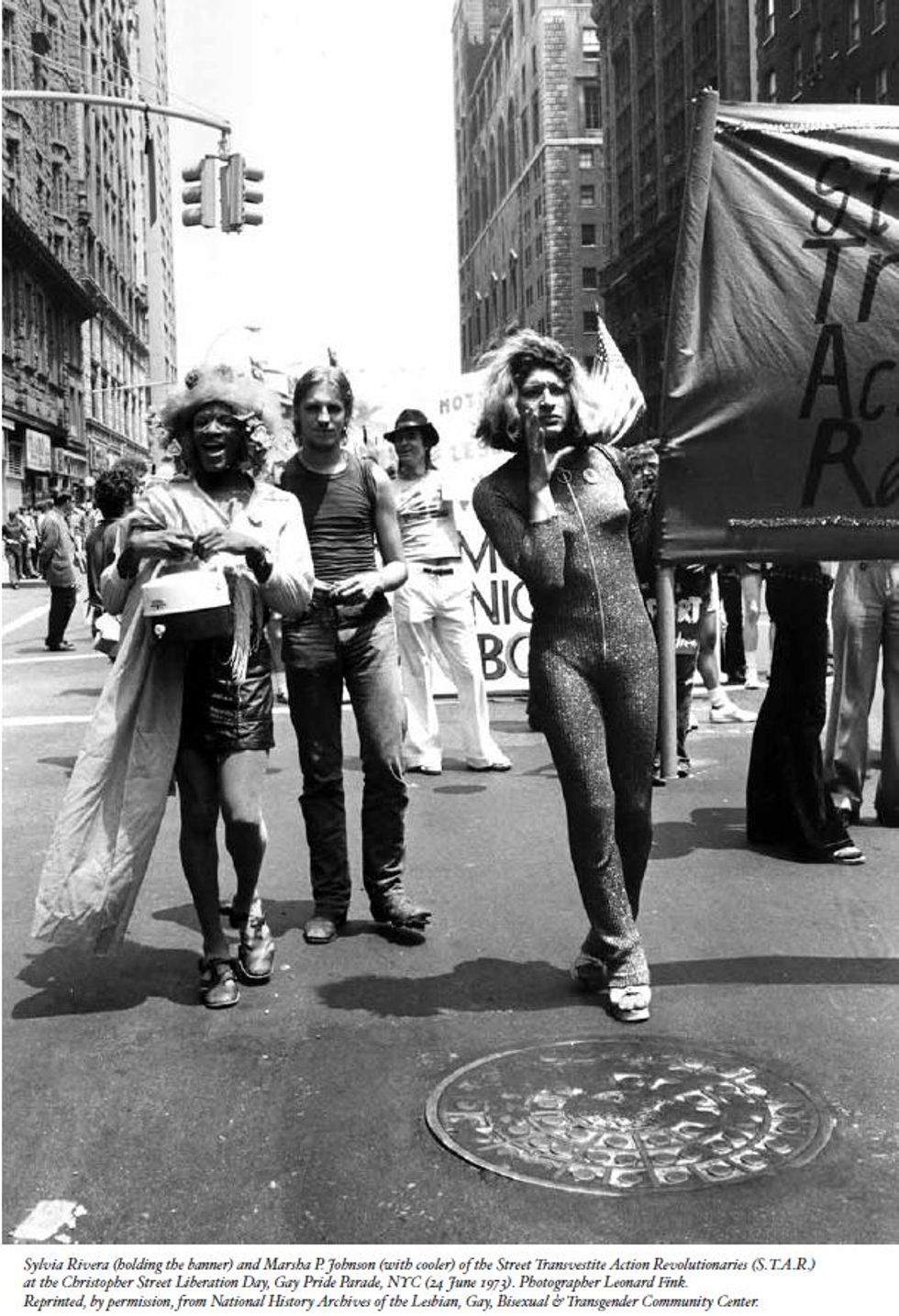
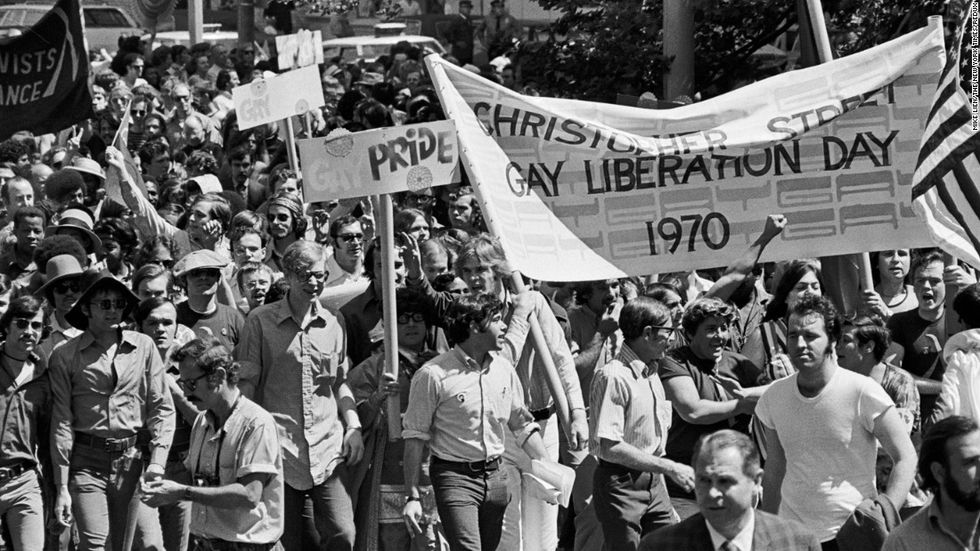
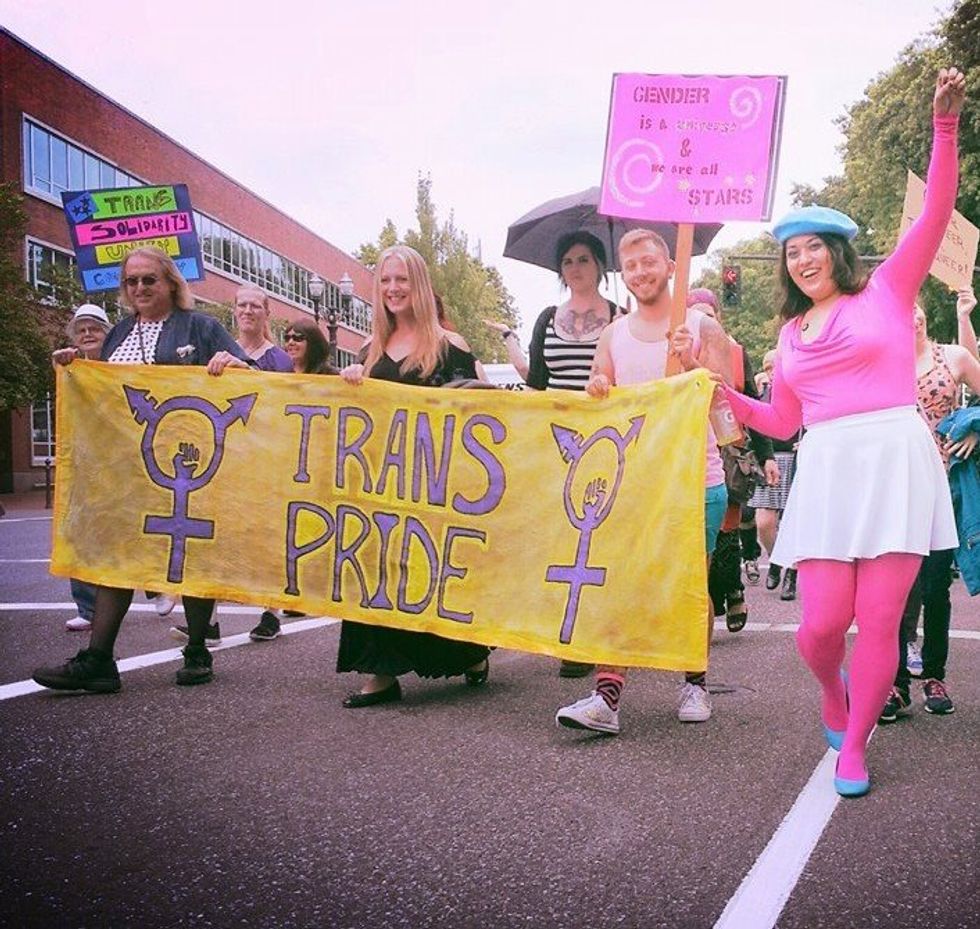
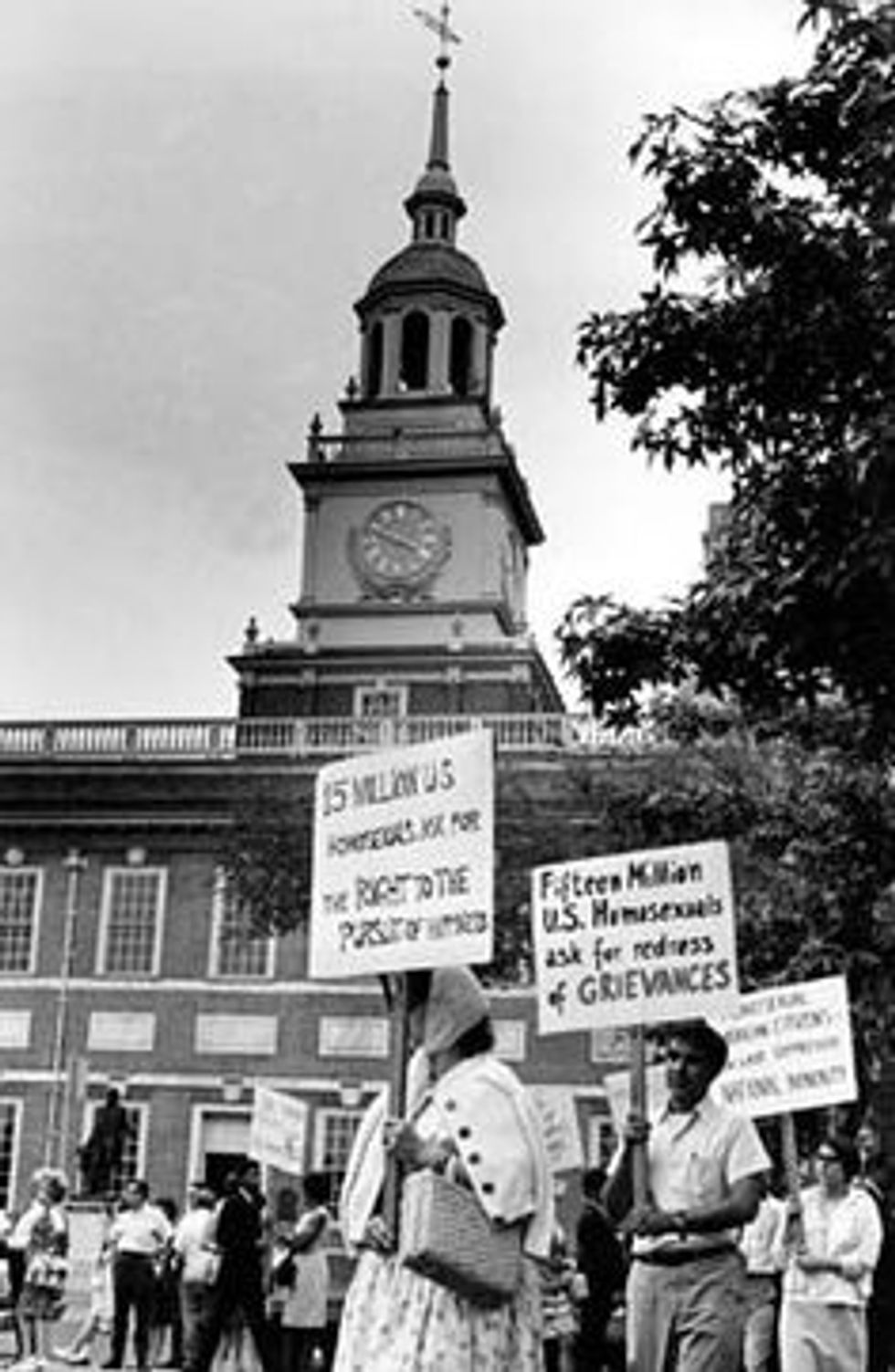
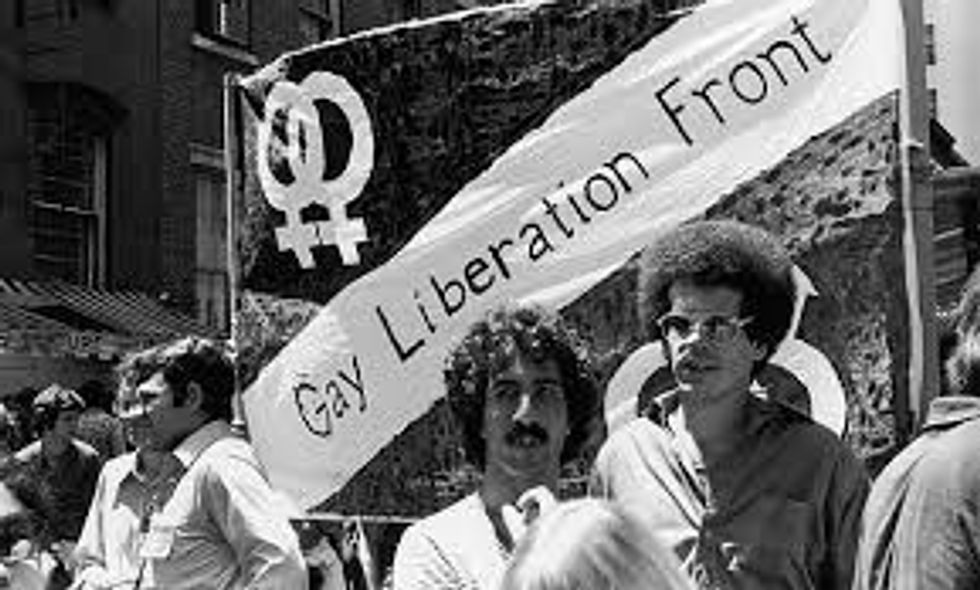
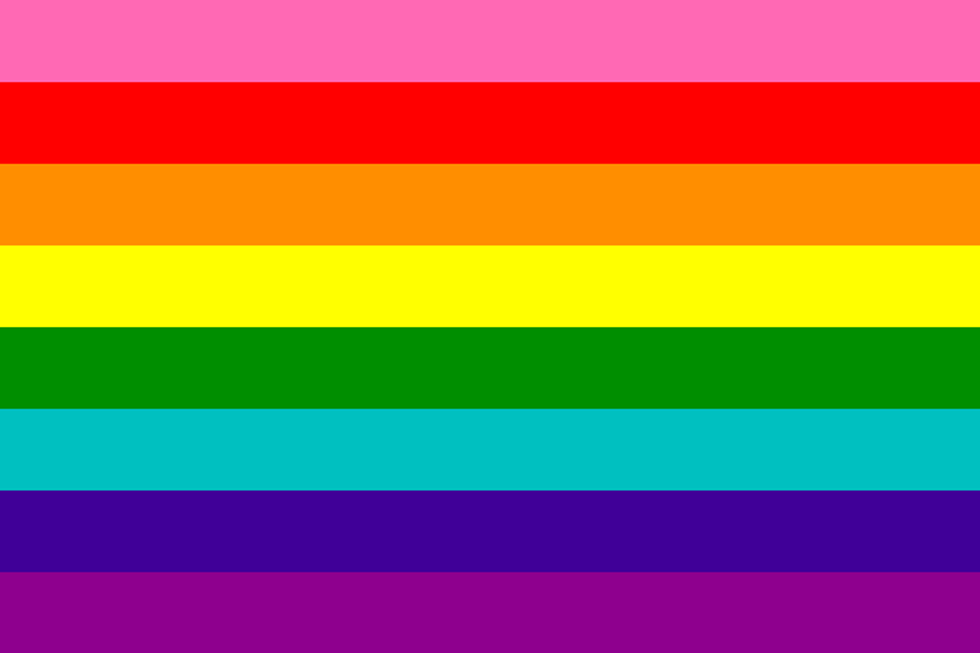

 Photo by
Photo by  Photo by
Photo by  Photo by
Photo by 



















